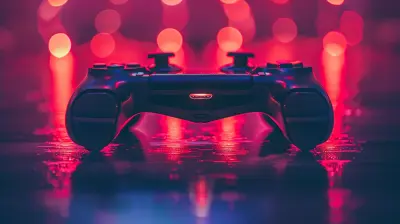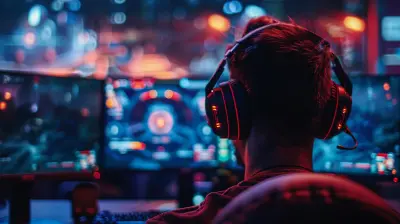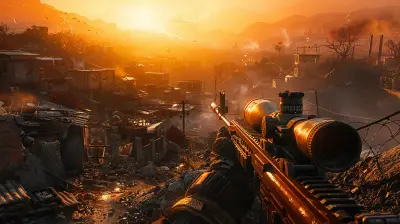Breaking Barriers: How Social Games Promote Diversity and Inclusion
5 September 2025
Let’s face it—video games aren’t just for hardcore gamers burning through energy drinks at 3 a.m. anymore. These days, games have gone social, and they’re making waves far beyond entertainment. In fact, they’re breaking down walls—some that have stood for centuries. Yep, we’re talking about real change. Social games are becoming unexpected champions for diversity and inclusion, opening up digital spaces where everyone can play, express themselves, and be seen.
So, grab your controller, keyboard, or phone, because we’re diving deep into how social games are helping create a more inclusive and diverse landscape—one mission, puzzle, and dance emote at a time.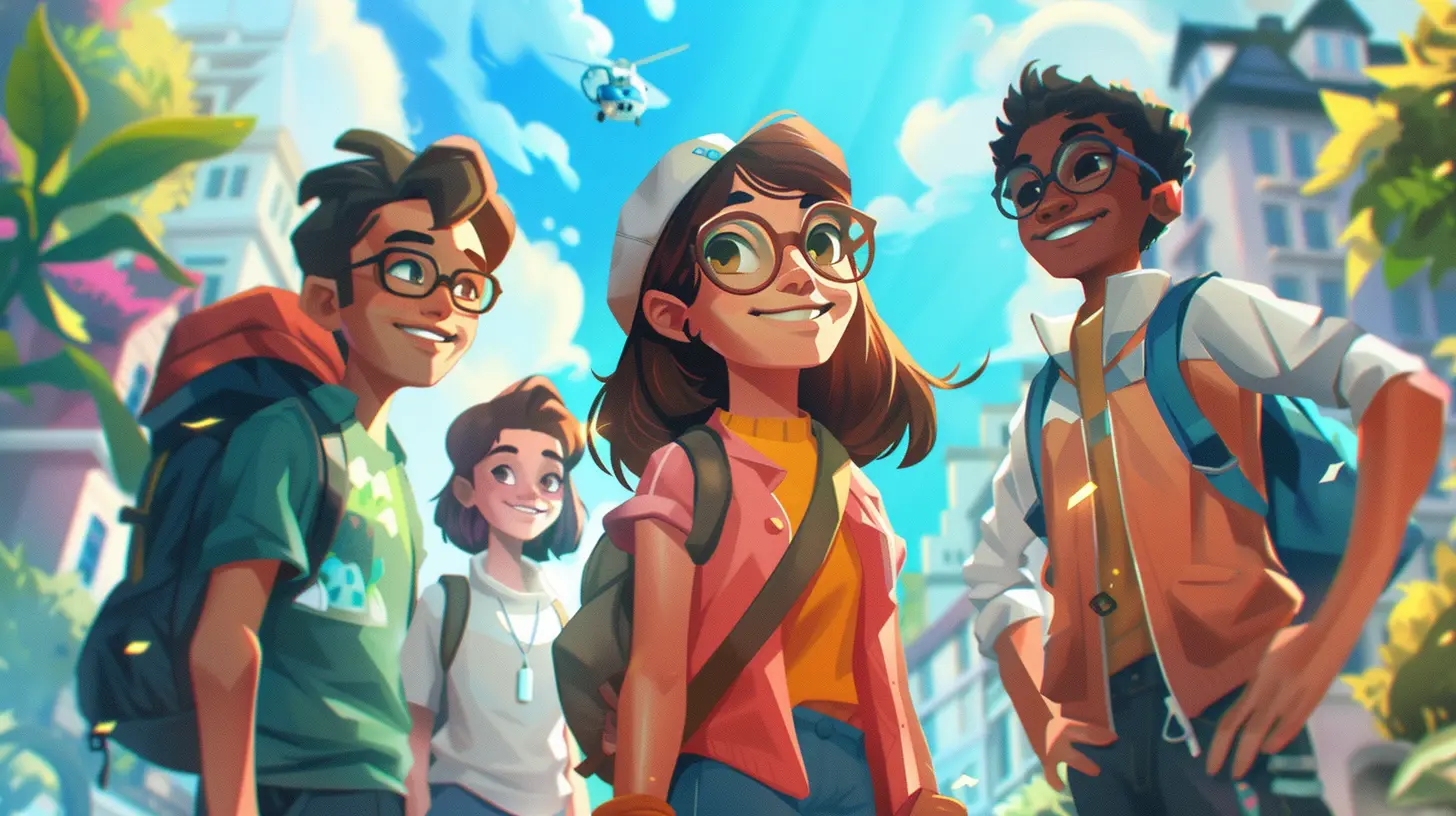
🎮 What Are Social Games, Really?
Before we go full-speed into the heart of the matter, let’s clear the air—what are social games?Social games are those that let you interact with other players. Think of games like Among Us, Fortnite, Roblox, Animal Crossing, and Minecraft. These games aren’t just about gameplay mechanics—they’re about the people you meet, the communities you build, and the experiences you share.
Unlike traditional single-player campaigns, social games offer dynamic environments that thrive on communication, cooperation, and yes, even conflict resolution. Whether it’s building a village together or surviving a zombie apocalypse, social games bring people together—and that’s where the magic happens.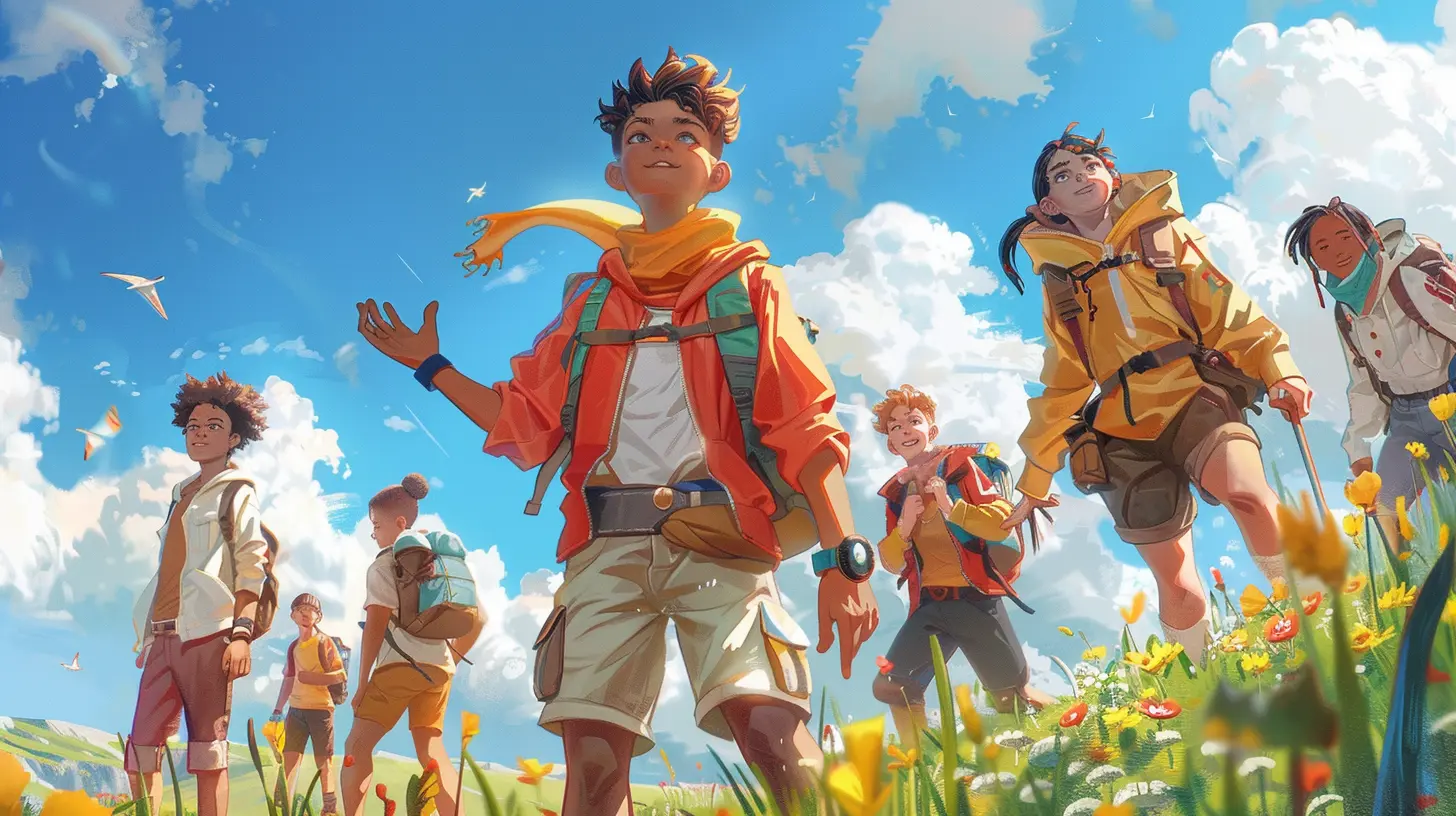
🌍 A Global Playground for All
One of the most beautiful things about social games? They don’t care where you’re from, what you look like, or who you love.You could be battling dragons with someone in Tokyo, farming virtual corn with someone in Kenya, or doing TikTok dances on Roblox with someone in Brazil. Physical borders? Nah, they’ve got nothing on these digital landscapes. Social games become safe spaces where people from underrepresented groups can interact, share stories, and find acceptance.
Instant Access = Instant Inclusion
Thanks to smartphones and cloud gaming, joining in doesn’t require a $2,000 PC or pricey console anymore. Even simple browser-based games or mobile multiplayer apps can serve as a gateway into inclusive communities. In short, you don’t need to be a tech wizard to belong.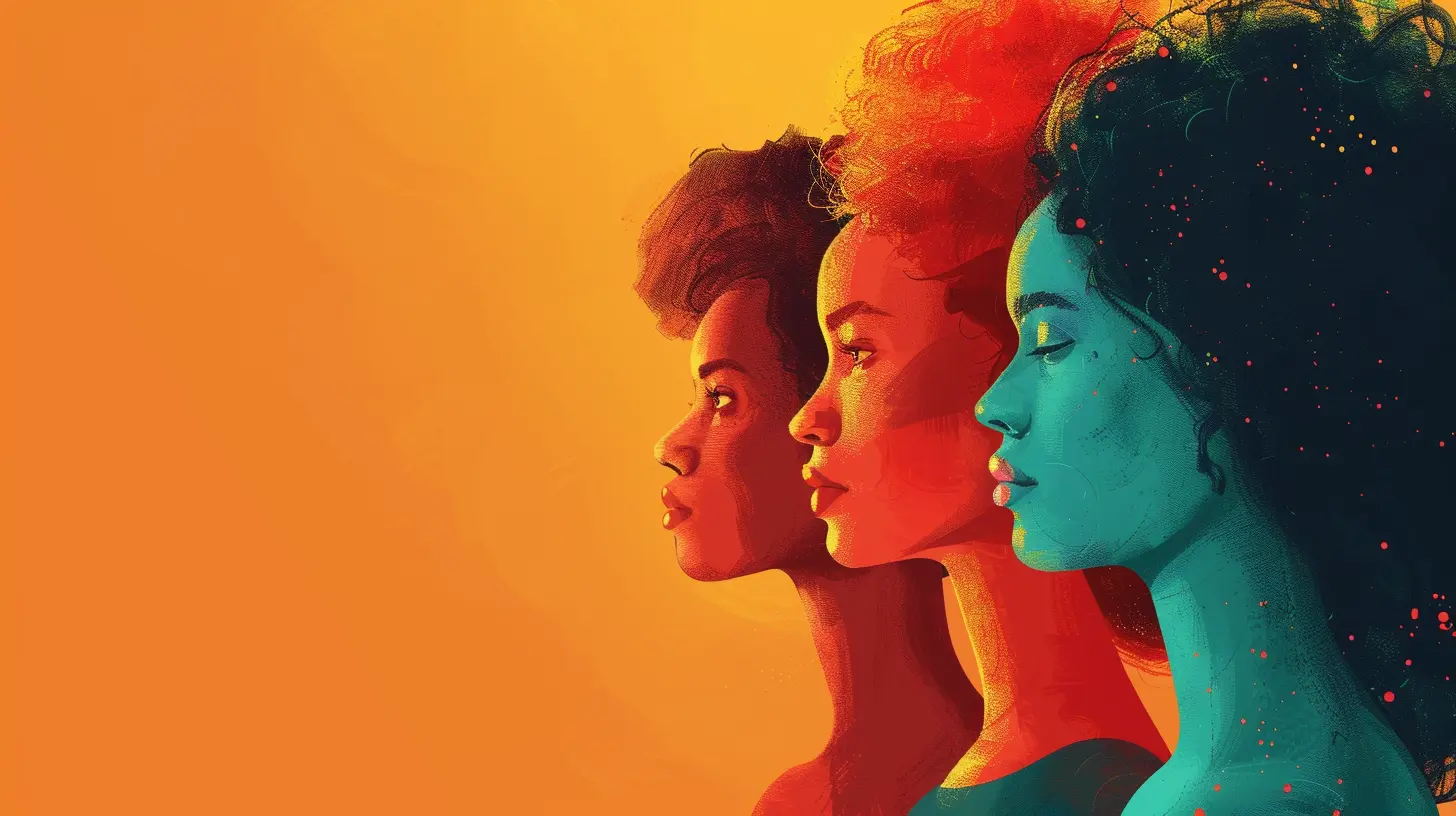
🧑🤝🧑 Digital Communities That Mirror Real Diversity
What’s really wild is how social games are starting to mirror the real world—only better.Game developers are focusing more on inclusive character creation, storylines, and avatars that represent a spectrum of identities. Games like The Sims 4 allow you to mix and match gender expressions and identities. Others, like Second Life and VRChat, let players fully customize their appearance, voice, and interactions, making it easier for marginalized people to express themselves authentically.
Representation Matters—Even in Pixels
Imagine being a Black gamer finally seeing natural hairstyles that look like yours in a character customization menu. Or a non-binary player seeing "they/them" as a standard gender option. These things might seem small, but they send a powerful message: You belong here.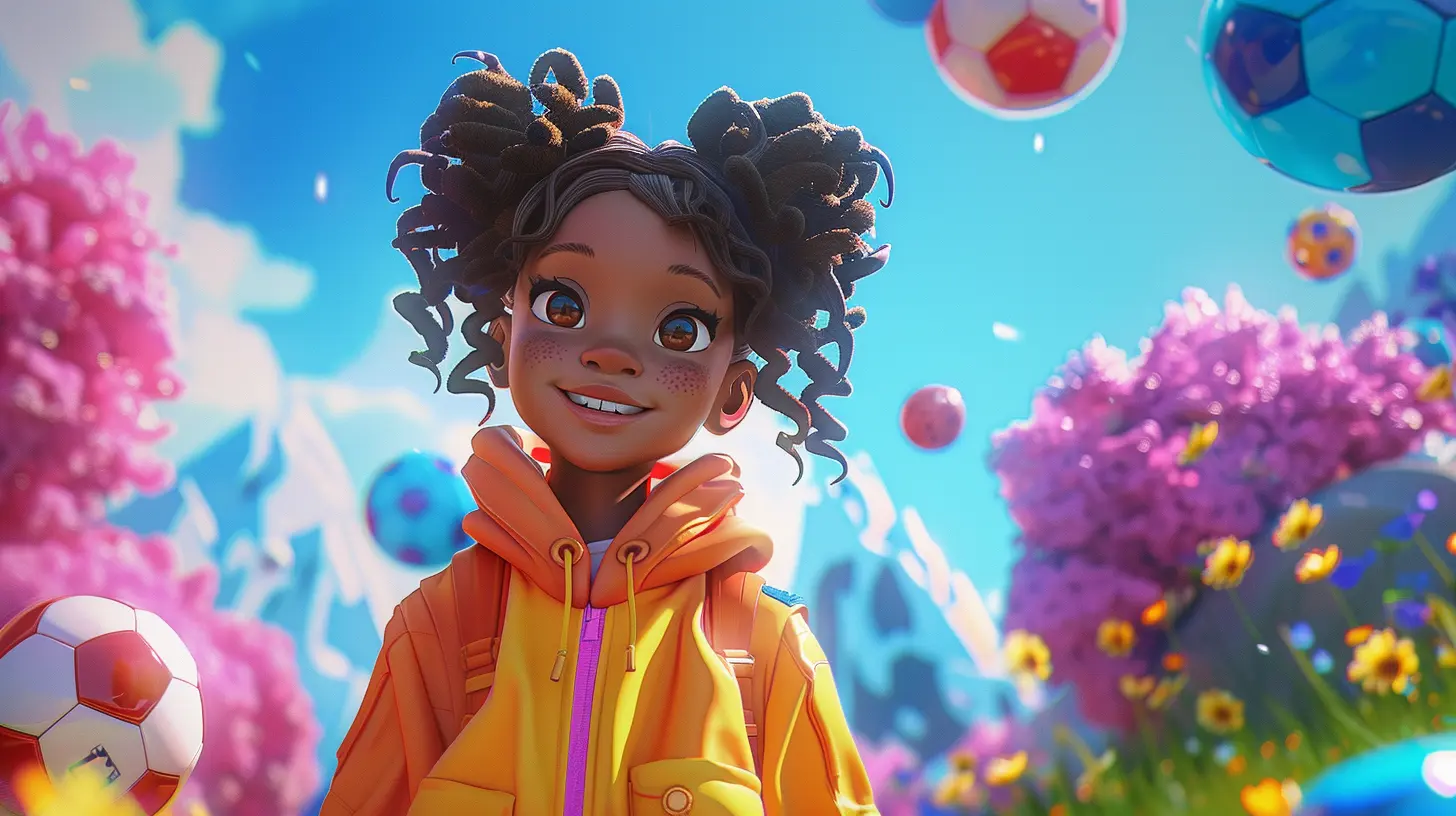
💬 Safe Spaces Foster Honest Conversations
Let’s get real for a second. The internet isn’t always a friendly place. But social games are pushing to change that narrative.Many modern platforms are putting their foot down on toxic behavior. They’re implementing better moderation tools, encouraging positive player interaction, and even rewarding good in-game behavior.
From Trash Talk to Talk Therapy?
Games with built-in voice chats and community boards have become places where players talk about more than just the game. We’re talking mental health, identity struggles, and personal wins. Sometimes, team chats in Overwatch or League of Legends go from strategy calls to deep life convos. It’s like group therapy—only with boss fights!🧩 Neurodiversity and Accessibility in Gaming
Now, here’s something you probably didn’t expect—social games are becoming more accessible for people with disabilities and neurodivergence.Companies are finally recognizing the importance of inclusive design. We’re seeing:
- Subtitles and closed-captioning
- Remappable controls
- Colorblind modes
- Voice-to-text and text-to-speech conversions
- Chill game modes for anxiety-friendly play
And it’s not just technical stuff. Social games allow for different styles of communication, so if speaking in a mic isn’t your thing, you can type, emote, or even build cool stuff to express yourself.
Gaming Isn’t “One Size Fits All” Anymore
Everyone processes information differently, and social games are starting to get that. That means more people can enjoy gaming their way—whether that means grinding levels in silence or running chaotic voice chat lobbies full of laughter and memes.🎭 Avatars and Identity Exploration
Ever wanted to try out a different name, pronoun, or outfit without judgment? Social games offer a sandbox for identity exploration. It’s almost like a dress rehearsal for real life.Transgender and gender-nonconforming players, for example, often find the courage to express themselves authentically in-game before doing so in the real world. It’s like trying on your best self, pixel by pixel.
Becoming Your Truest Self in a Virtual World
Your in-game avatar isn’t “just a character.” It’s an extension of you. And when games give you the freedom to create a version that feels right, it can be incredibly empowering.🏳️🌈 Events That Celebrate Every Player
One amazing evolution in social games? In-game events centered around diversity and inclusion.Major games are now hosting Pride parades, Black History Month celebrations, Indigenous culture spotlights, and Women’s History Month events—right in the game! These events educate, entertain, and unite communities.
Inclusivity Goes Seasonal
Games like Fortnite, Guild Wars 2, and Animal Crossing have themed events that spotlight real-world issues and cultures. They’re not just token gestures—they’re interactive ways to learn about each other while playing together.And let’s be honest, isn’t it more fun to learn through gameplay than through a dry textbook?
👥 How Influencers and Streamers Fuel the Inclusion Train
Now, let’s talk streamers and influencers—the megaphones of the gaming world.Content creators from different races, genders, sexualities, and abilities are not just “participating” in the gaming scene anymore—they’re shaping it. Twitch, YouTube, and TikTok are flooded with game streamers fighting the good fight for inclusivity.
These influencers create safe spaces, introduce new players to welcoming communities, and speak openly about social issues. It’s like a constant reminder that your story matters—and it belongs in the game.
👨💻 Developers Are Waking Up Too
Behind every good game is a dev team, and developers are finally stepping up to the diversity plate.From hiring practices to story development, major studios and indie creators are making conscious decisions to reflect real-world diversity. Game studios like Naughty Dog, Bioware, and Dontnod are crafting narratives that explore trauma, race, gender identity, and love in all its forms.
Even better? They’re consulting experts and community members to make sure they get it right.
✨ The Future Is Inclusive (And It’s Already Here)
It’s not perfect. The gaming world still has trolls, gatekeepers, and outdated systems. But social games are pushing the envelope—and players are demanding more.The trend is clear: the future of gaming is intersectional, inclusive, and community-driven. And honestly? That future looks pretty awesome.
✊ How You Can Help Push for More Inclusion in Games
Change doesn’t just come from developers—it comes from players like you, too.Here’s how you can be part of the movement:
- Support games that prioritize diversity
- Speak out against toxicity and discrimination
- Uplift and follow diverse creators
- Give feedback to developers (they actually read that stuff!)
- Be open to learning and unlearning
Final Thoughts: Breaking Barriers, One Game at a Time
Social games have become more than just a way to kill time—they’re platforms for connection, empathy, and real-world change. They’re teaching us that diversity isn't a checkbox—it's the heartbeat of our shared experience.Whether it's through an avatar, a story, a shared quest, or a silly dance emote—gamers around the globe are proving that inclusion makes the game better. And that’s a win we should all celebrate.
So next time you log in, remember: you're not just playing a game. You're helping build a better, more inclusive world—one pixel at a time.
all images in this post were generated using AI tools
Category:
Social GamesAuthor:

Kaitlyn Pace
Discussion
rate this article
1 comments
Regina Johnson
Great article! It’s inspiring to see how social games can foster diversity and inclusion, creating spaces where everyone feels welcome and represented. Keep up the good work!
September 15, 2025 at 3:26 AM

Kaitlyn Pace
Thank you! I'm glad you found it inspiring. Promoting diversity and inclusion through social games is a passion of mine!
